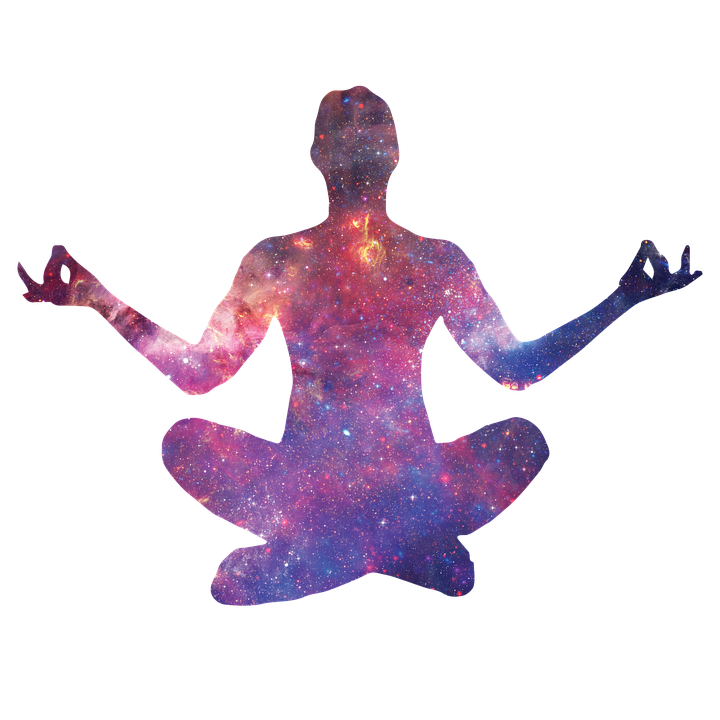A few days ago a friend of MindYoga4U wrote me commenting that he had a hip replacement , and I was wondering what kind of yoga postures could do to take care and improve their health. I thought it is an issue that the answer may be useful to more people, so I decided to create this article to help him, and anyone who comes here looking for that kind of information.
Definitely, you can practice yoga even if you have a hip replacement . Yes, you must be very careful. The yoga postures you can do, and the level of practice varies from person to person. It also depends on your fitness, strength and flexibility, not only of your body in general, but specifically in the region of the affected hip. Also it depends on the type of surgery you had. It is always best to ask your doctor before starting practice.
It is recommended that you slowly begin with yoga postures easy, and move gradually more difficult as you go recovering you. Always remember to listen to your body. You may be appropriate to modify some positions to suit your own practice.
The yoga postures will help to tone and strengthen muscles that have weakened after having undergone surgery. This will also help improve the flexibility that can be lost due to artificial implant. The yoga postures help improve circulation and increase oxygen consumption, bringing more oxygen – rich blood to all parts of the body, especially the area of surgery. This favors healing is better and faster. Large amounts of oxygen and reducing stress levels, will give you a sense of wellbeing, which in turn leads to better healing.
basic guidelines
- Always ask your doctor or physical therapist recommendations for practicing yoga. They may give you a list of moves you should avoid, and the movements that are useful for strengthening your hip.
- Make use of blocks, straps, pillows and blankets for ease of movement.
- Do not hurry to make many positions very soon. If you feel pain, and I discuss this with your instructor, you may offer variants of that position that can make. Once again I repeat: Listen to your body. This is essential always.
considerations
- If you had previously practiced yoga before starting your practice again, note changes in your body. According to research, after a hip replacement, most patients favor the other side, so you should consider aligning your posture. Also consider that you may not delay further down the floor and get up again, so avoid changing positions several times. Other things to consider are the time that has elapsed since your operation and your own level of flexibility and strength.
- There are positions that you will be more comfortable to perform with a chair, rather than on the floor.
- Do not force your body, but do not be afraid to move.
- Remember that yoga is not just a physical practice but also spiritual and mental, so you can promote your healing in every way.
Yoga postures recommended for people with hip replacements
- The tree (Vrkasana)
- The bridge (Setu Bandha Sarvangasana)
- The boat (Navasana) – you may need to use a block between the thighs
- Mountain (Tadasana) – you may need to use a block between the thighs
- The warrior I (Virabhadrasana I) – be careful not to stretch beyond 90 degrees hip flexion
- Warrior II (Virabhadrasana II) – be careful not to stretch beyond 90 degrees hip flexion
- Cobra (Bhujangasana)
- The crocodile (Makarasana)
- Crescent standing (Ardha-Chandrasana)
- Cat – Cow
- The forward-facing triangle (Trikonasana)
- The dancer (Natarajasana)
- Downward Facing Dog (Urdhva Mukha Svanasana)
- Moored posture angle (Baddhakonasana)
- Walking sticks (Dandasana)
- Average position Grasshopper (Ardha-Salabhasana):
- Flex open angle (Upavistha Konasana)
- Lying posture of Shoemaker (Supta Baddha Konasana)
- The dead (Shavasana) can use a support under the head and knees.
To create this article I have relied in this article, and in this other article.
These exercises will help you with the flexibility of the muscles of the hips, knees and ankles. Opening the muscles will give you strength and sense of relief.
A hug and happy recovery!
naylin






